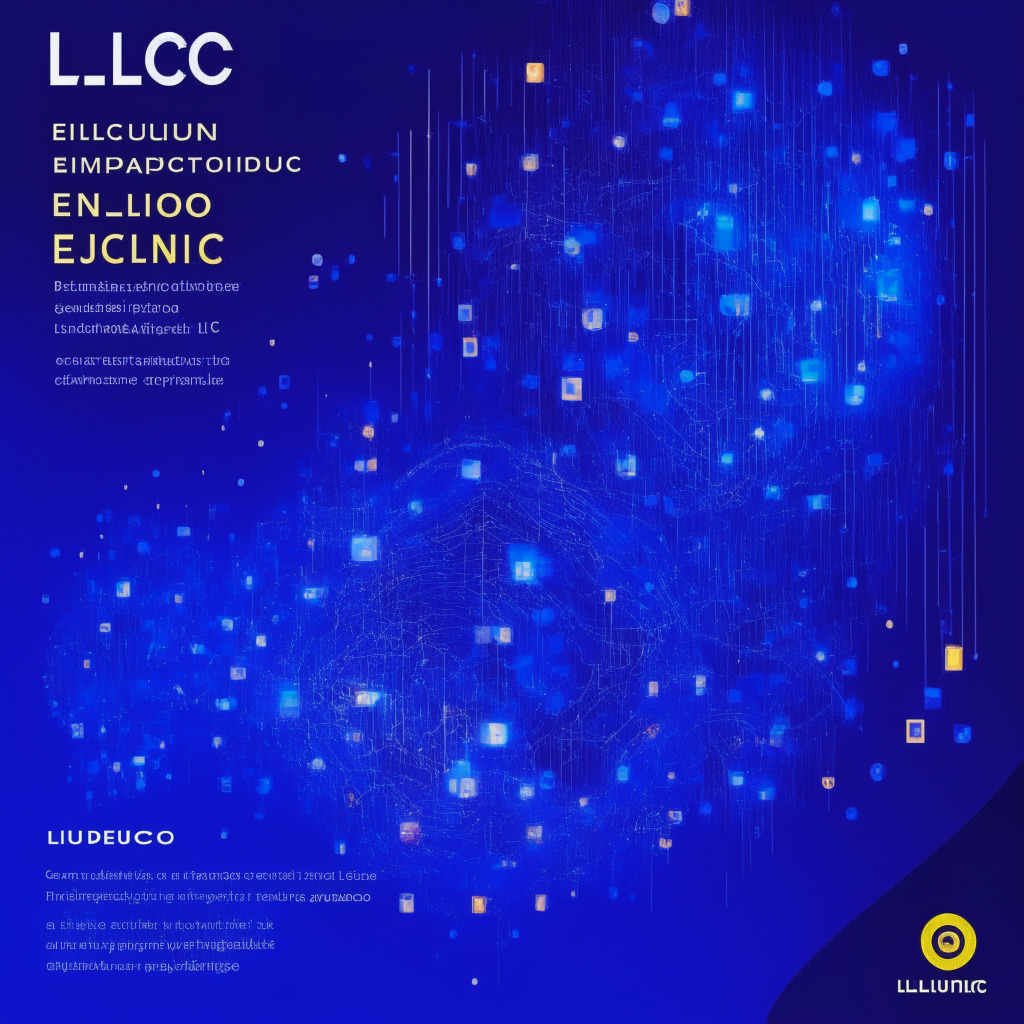Colombia’s central bank, Banco de la República, has recently partnered with blockchain firm Ripple to explore the potential benefits of blockchain technology. Collaborating with the Ministry for the Information and Communications Technologies (MinTIC), Ripple’s CBDC platform will be tested in an effort to improve the national high-value payments system.
This venture marks an integral part of MinTIC’s blockchain experimentation phase. Ripple ensures that its platform will be subjected to thorough trials within a controlled environment, free from any risks associated with public resources. By doing so, the outcomes achieved in the development of a blockchain solution can determine the technology’s ability to enhance and compliment processes within various institutions securely and efficiently.
Mauricio Lizcano, Colombia’s Minister of Information Technologies and Communications, voiced optimism regarding the partnership’s potential. He believes that the results achieved from this controlled experimentation could demonstrate the viability of blockchain technology in improving organizational processes.
On the other hand, some skeptics may argue that relying heavily on a single company’s technology, such as Ripple’s CBDC platform based on XRPL, may lead to an overdependence and potential centralization of power. James Wallis, vice president of Central Bank Engagements and CBDCs at Ripple, seems to acknowledge this factor, stating that the project aims to advance the utilization of blockchain technology within the public sector significantly.
The Colombian government has also been considering the introduction of a central bank digital currency (CBDC) since August 2022. This move is primarily aimed at facilitating transactions, reducing tax evasion, and curbing cash transactions for amounts exceeding 10 million Colombian pesos ($2390). While this decision may reap benefits such as simplifying transactions and deterring criminal activity, skeptics could argue that this might also lead to further dependency on digital currencies and heightened exposure to volatile market conditions.
In conclusion, the partnership between Banco de la República, MinTIC, and Ripple marks a significant milestone in the exploration of blockchain technology’s potential applications and benefits. Despite the undeniable promise it holds for enhancing efficiency and promoting advancements within the public sector, it is essential to keep the inherent risks associated with such technologies in mind. A thoughtful, measured approach to incorporating blockchain technology will not only ensure optimum benefits but also safeguard against potential pitfalls.
Source: Coindesk




